Description
RED COMMUNIS GIBSONII
Red Communis Gibsonii, scientifically known as Hylotelephium erythrostictum ‘Gibbosum,’ is a striking perennial succulent that belongs to the stonecrop family. With its captivating appearance and vibrant foliage, this plant is a favored choice for garden enthusiasts and landscape designers alike.Characterized by its stunning reddish-purple leaves, Red Communis Gibsonii presents an eye-catching display throughout the growing season. The leaves often develop a distinctive red hue, particularly during cooler temperatures or when exposed to ample sunlight. Its dense clusters of tiny, star-shaped pink flowers bloom atop sturdy stems in late summer or early fall, attracting pollinators such as bees and butterflies.
Cultivation Advice
- Plant in a location that receives full sun to partial shade, ensuring at least 6 hours of sunlight daily for optimal growth.
- Red Communis Gibsonii thrives in well-draining soil and can adapt to various soil types.
- Choose well-draining soil with a neutral to slightly acidic pH. Amend heavy soils with sand or organic matter to improve drainage.
- Prioritize soil that retains moisture without becoming waterlogged.
- Water newly planted Red Communis Gibsonii regularly to establish roots. Once established, it’s relatively drought-tolerant.
- Water deeply when the soil feels dry, typically during prolonged dry spells or in extreme heat.
- Minimal fertilization is usually needed for this succulent. If desired, apply a balanced, slow-release fertilizer in the spring to support growth.
- Avoid excessive fertilization, as succulents generally thrive in lean soil conditions.
- Apply a layer of organic mulch around the plant to retain moisture, regulate soil temperature, and suppress weed growth.
- Ensure the mulch doesn’t cover the base of the plant to prevent moisture-related issues.
- Red Communis Gibsonii is hardy and tolerates a range of temperatures. It handles heat and drought conditions well but may benefit from protection during extreme cold snaps.
- Prune any damaged or dead parts of the plant to encourage healthy growth.
- Deadhead spent flowers to promote continuous blooming and maintain a tidy appearance.
- This succulent is relatively pest-resistant but can be susceptible to root rot in overly moist conditions. Ensure proper drainage to prevent this.
- Inspect regularly for signs of pests or disease and treat promptly if detected.
- Red Communis Gibsonii can thrive in containers if provided with well-draining soil and adequate sunlight.
- Ensure the pot has drainage holes to prevent waterlogging.
- Propagate from stem cuttings or division in the spring or early summer for best results.
- Allow cuttings to callous before planting them in a well-draining mix.
- Regularly monitor the plant for signs of stress, such as discoloration or wilting, and adjust care accordingly.
- During winter, reduce watering to prevent root rot in colder and wetter conditions.
- In regions with harsh winters, provide protection by mulching around the base of the plant to insulate the roots.
- Consider covering the plant with a frost cloth during freezing temperatures to prevent damage.
- Ensure the plant is planted at the same depth as it was in its nursery container or slightly higher to avoid issues with stem rot.
- Space Red Communis Gibsonii plants at least 12-18 inches apart to allow for their mature spread and growth.
- Aim for a soil pH between 6.0 and 7.0 for optimal growth. Test soil pH periodically and amend if needed.
- Regularly check soil moisture levels, particularly during hot and dry spells, to ensure adequate hydration without waterlogging.
- If needed, feed the plant with a diluted liquid fertilizer once a month during the growing season, following label instructions.
- While relatively pest-resistant, occasional inspection for aphids or spider mites is advisable. Use organic pest control methods if necessary.
- Pair Red Communis Gibsonii with other drought-tolerant plants to create visually appealing combinations and maximize water efficiency in the garden.
- Allow spent flowers to remain on the plant to produce seeds for the next growing season. Collect and store the seeds once they mature
- Exercise caution when transplanting Red Communis Gibsonii, ensuring minimal disturbance to the roots to prevent stress.
- During the plant’s active growing phase, provide consistent, deep watering to encourage healthy root development.
- Pinch back young shoots to encourage branching and fuller growth, resulting in a more robust and compact plant.


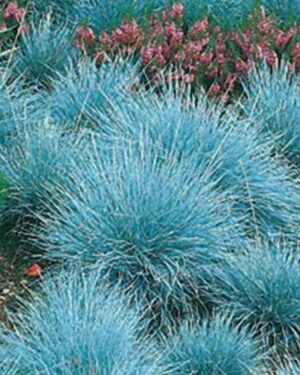


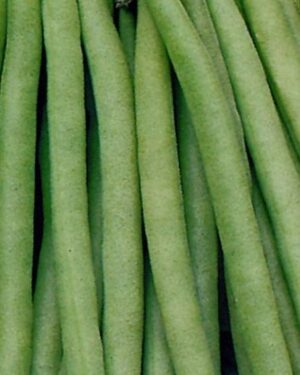
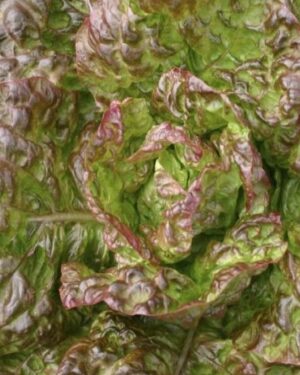
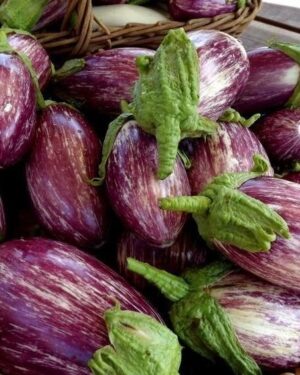
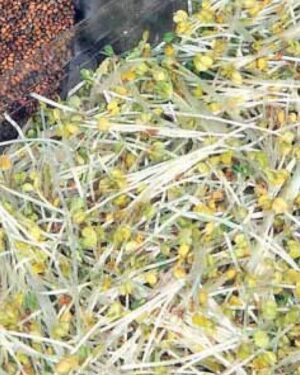
Reviews
There are no reviews yet.